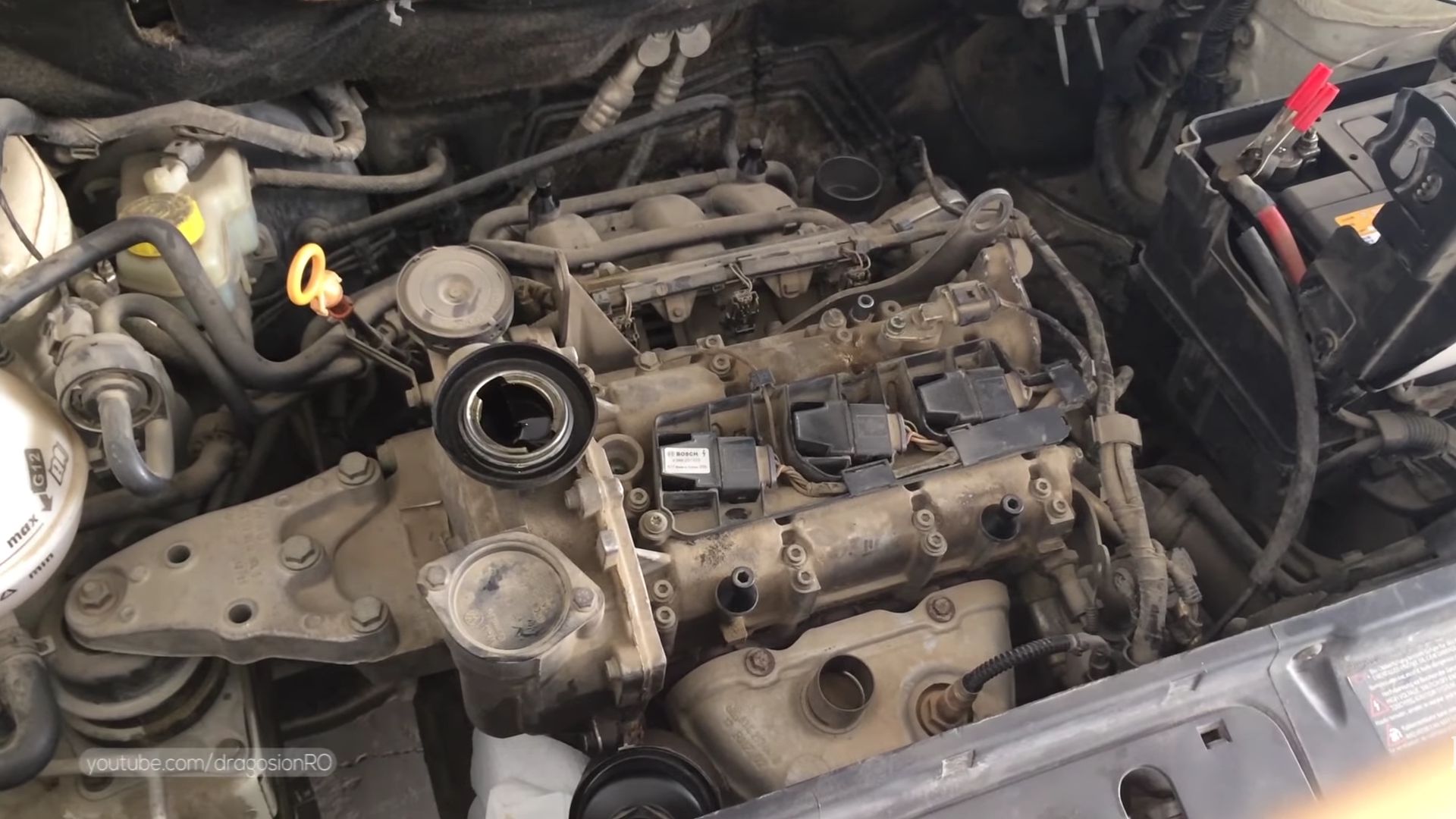Car Cranks But Won’t Start VW Polo 9N
My car was cranking but not starting. I fixed it on my VW Polo 9N (AZQ engine), and I’ll share the steps that can help you fix this issue. While I’m using a VW Polo as an example, these steps work for most fuel-injected petrol cars.
What Does “Cranking But Not Starting” Mean?
When you turn your key and hear the engine turning over (that spinning sound) but the car won’t start up, that’s what’s called “cranking but not starting.” Your starter motor is working fine, but something else is preventing the engine from running.
Things Every Engine Needs to Start
Before the fixes, understand what your engine needs to run:
- Fuel
- Spark (to ignite the fuel)
- Air (to mix with the fuel)
If any of these are missing, your car won’t start or if not delivered properly, the engine will run rough.
Step-by-Step Troubleshooting
1. Check the Fuel Pressure
- Remove the dust cap from your fuel rail test point (usually on top of the engine)
- Press the small valve with a screwdriver – you should see fuel spraying out
- If no fuel sprays, you might have:
- A failed fuel pump
- A blown fuel pump fuse
- A clogged fuel filter
- A broken fuel pressure regulator
2. Test Spark Plugs
- Remove one spark plug coil
- Insert a spare spark plug into the wire/coil
- Ground the spark plug against the engine block
- Have someone crank the engine
- Look for a strong blue spark
- No spark? Check your:
- Ignition coils
- Spark plugs
- Crankshaft position sensor
3. Check Air Flow
- Check your air filter isn’t completely blocked
- Listen for the fuel pump priming when you turn the key to ON
- Check for any disconnected air intake hoses
- Verify the MAF (Mass Air Flow) sensor is connected
Common Issues Specific to VW Polo 9N
In my experience with the Polo, these are the most frequent culprits:
- Failed crankshaft position sensor (very common!)
- Faulty fuel pump relay
- Clogged fuel filter
- Failed ignition coils
- Depleted battery combined with multiple cranks fuel flooded engine
The Fix That Worked for Me
In my case, it turned out to be the battery being low and once I tried enough times, the engine was flooded with unburned fuel.
Charged the battery and started the car with acceleration pedal all the way to the floor to flush the excess fuel from the engine.
Cost-Saving Tips
Before rushing to a mechanic:
- Borrow an OBD2 code reader from an auto parts store
- Check your fuses
- Listen for the fuel pump when turning the key to ON
- Test for spark yourself – it’s easy and safe if done carefully
When to Call a Professional
Call a mechanic if:
- You’ve checked the basics and still can’t find the issue
- You don’t feel comfortable working with fuel systems – there is high pressure in the fuel lines!
- The problem involves complex electronic diagnostics
- You don’t have the proper tools
Preventive Measures
To avoid this happening again:
- Change your fuel filter according to schedule
- Use quality fuel from reliable stations
- Don’t let your fuel tank run too low
- Address check engine lights promptly
- Keep up with regular maintenance
Remember, if you’re not comfortable doing any of these checks, it’s always better to consult a professional mechanic. But knowing these basics can save you time and money, and might even help you fix the problem yourself!










Leave a Reply